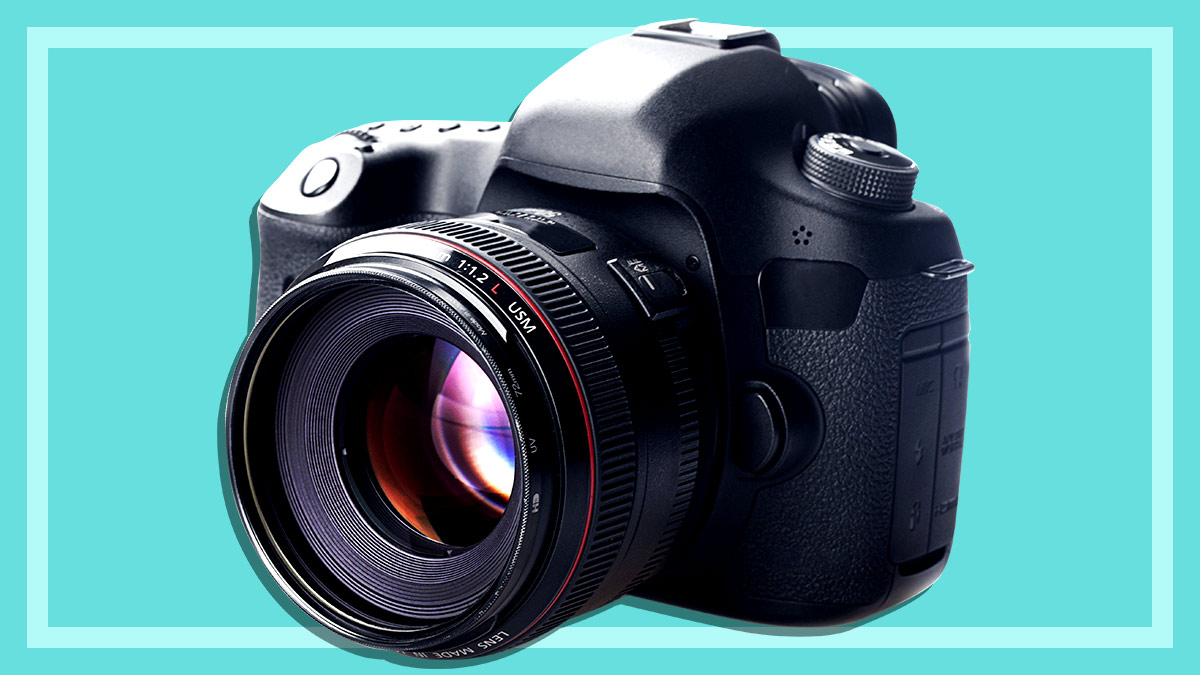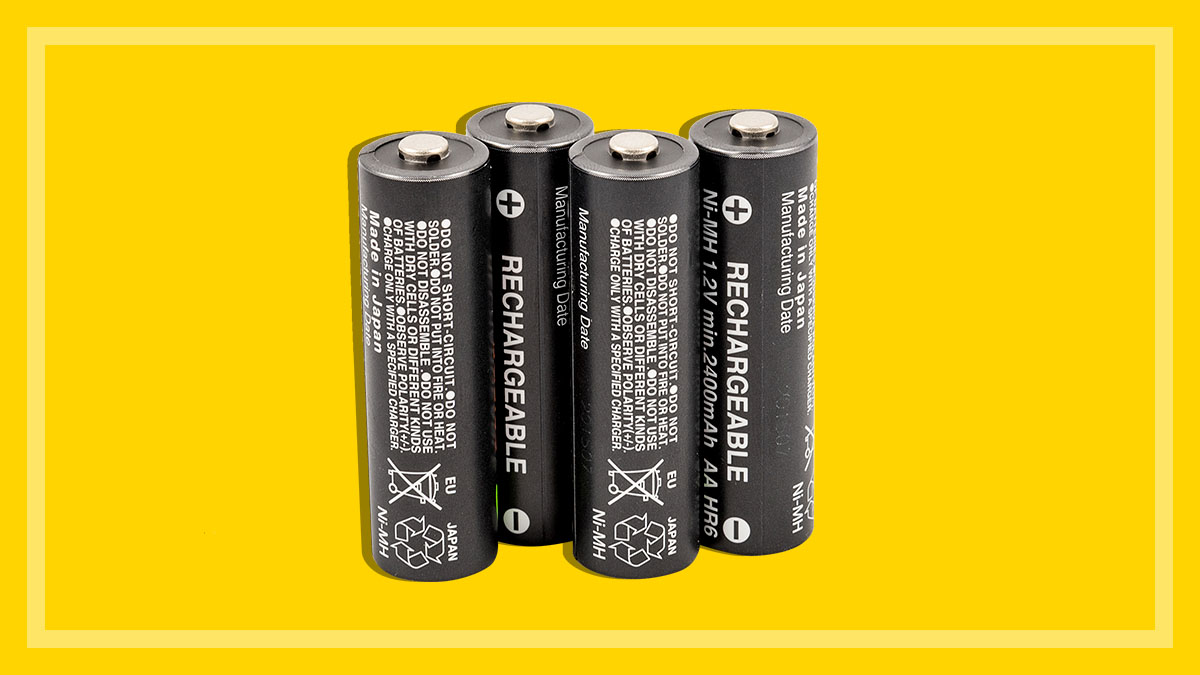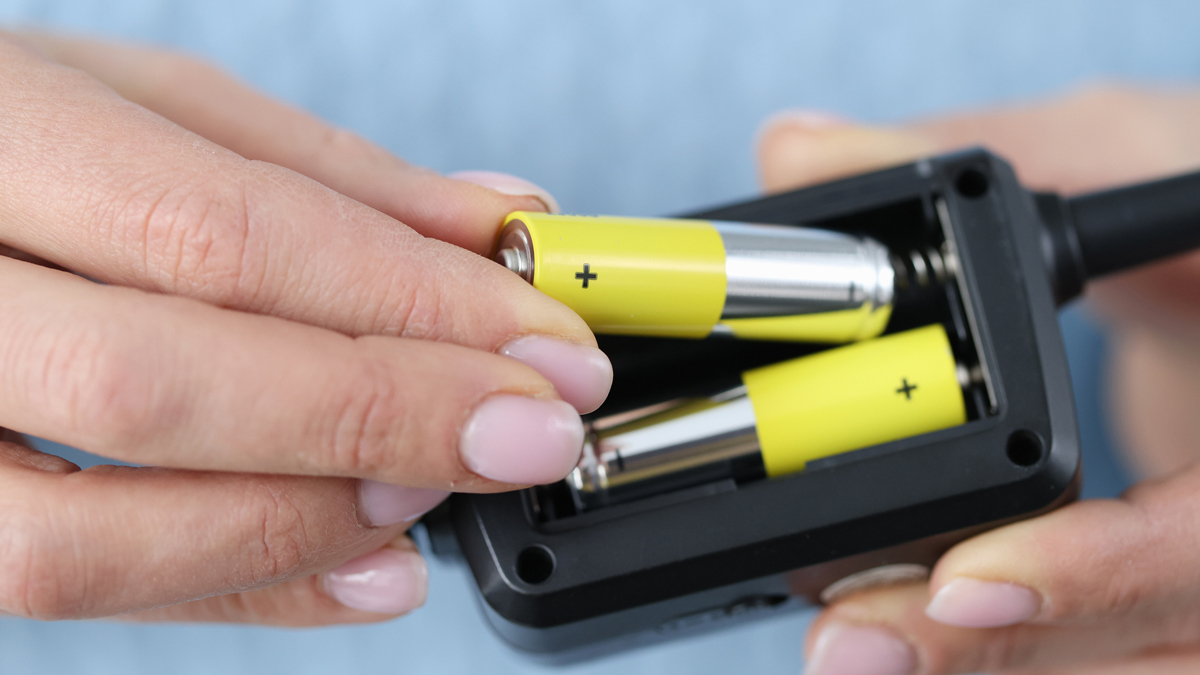Get our independent lab tests, expert reviews and honest advice.
How to buy the best digital SLR lens for your camera
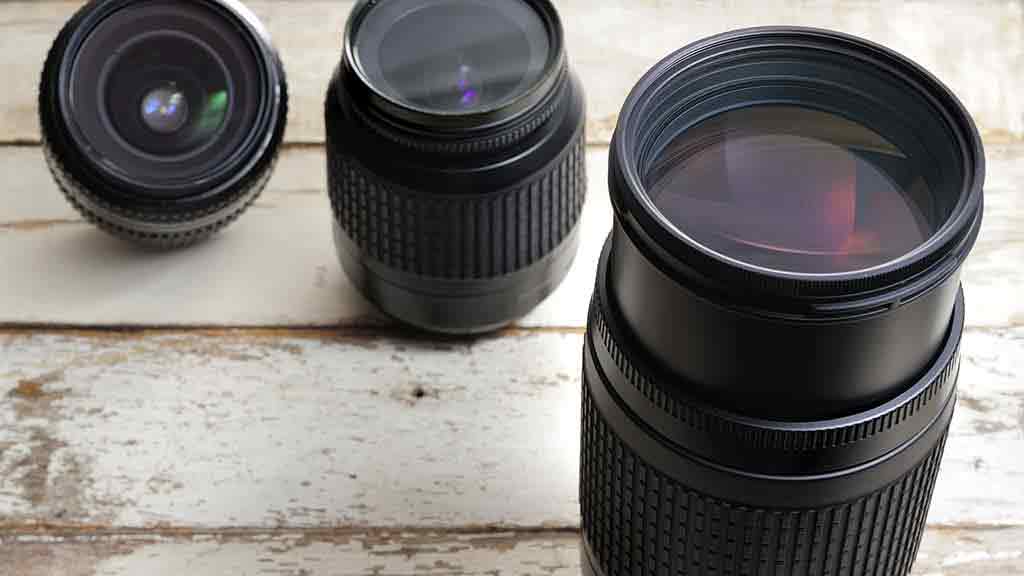
Lenses are for looking through, not at, but if the kit lens that came with your camera is not giving you the best view, it’s probably time to get some new glass. Our guide will give you advice on how to find a good value lens that suits your needs. There’s no current review of this product.
On this page:
Mounting problems
The mount is the connection between the lens and the camera and it’s important to make sure they are compatible. This may not be a problem if you’re buying a lens from the same brand and designed for your camera, but that may not be your best option.
Even within brands some lenses will fit a number of different camera bodies (full frame, FourThirds, APS-C, etc.), but will behave differently. Other lenses are only compatible with certain bodies, even if the mounts match. An APS-C optimised lens can mount on a full frame, for example, but photo quality will suffer. Always check to make sure you’re getting what you expect.
Third-party brands like Sigma, Tamron and Carl Zeiss (to name just a few) produce lenses which can be used with a number of camera brands, and sometimes they can be very good value for money. Just make sure that all the lens and camera functions will work together.
High quality older lenses may fit your camera and do a good job, but auto exposure and focus may not work with some newer bodies. Some manufacturers have compatibility lists online to show which of their lenses will work with their latest bodies. If you’re uncertain, try using the lens you’re considering on a body before buying.
Falling off at the edges
Photography is a minefield of jargon and never more so than when it comes to optics. You’ll see MTF (modulation transfer function) curves used on many websites – both manufacturers’ and comparison sites – to supposedly give empirical evidence that one lens is better at capturing detail than another. For the most part you should ignore them.
MTF curves are a measure of the lenses’ ability to resolve detail, but the devil is in the detail. If you don’t know and understand the exact parameters of the test, the MTF graph is just lines on a page. Also, if you’re looking at one manufacturer’s graphs against another’s, it’s probable that the lenses were tested under different conditions, so they’re pretty much a waste of time.
To be truly useful MTF measurements need to be done under the same conditions, at the same settings for each lens and ideally on the same camera body. It you want a detailed technical explanation of how MTF curves work try putting “understanding MTF curves” in a search engine.
What else to look for in a digital camera lens
Contrast and compare
If a lens is described as being “high contrast” it means images will look sharp because edges are clearly defined. This generally is a good thing, but don’t confuse it with the lens’s ability to resolve detail. That’s what MTF is for.
Out of shape
Every lens distorts, some distort more than others.
There are three basic types:
Barrel: the middle of the edges of the image bulge outwards.
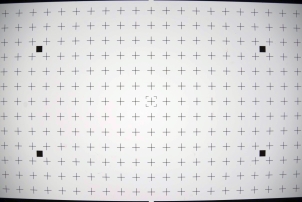
Pin cushion: where the middle of the edges of the image curve inwards.
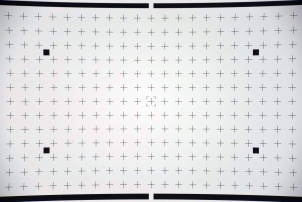
Wave: a combination of barrel and pin cushion and the hardest to correct.
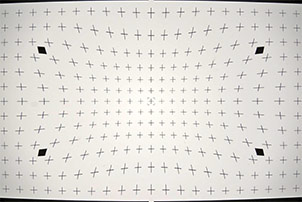
The best way to check this is to take an image with lots of vertical and horizontal lines near the edges. Modern buildings are often useful if you’re not in the habit of carrying a test chart with you. Certain types of lens distortion can have stylistic benefits, however.
Minor distortion is rarely a major issue, but some cheaper lenses can have very ugly waves in them. Most photo editing programs include lens correction tools.
Dark edges
It’s called vignetting when the edge of the image is significantly darker than the middle. Wide angle lenses are the worst culprits, but some telephoto lenses suffer as well.
It’s not always a bad thing. Some images look better if the edges are a little darker, but you can always add this effect later using software.
Glaring problems
There are two types of glaring commonly cause problems:
- Reflections – can be undefined and vague blobs or very obvious and well defined depending on the lens design. Lens hoods help, but very bright lights in the image will probably cause problems. Better lenses are less susceptible.
- Internal flare – (also called veiling glare) is where diffused light bounces around in the lens and hits the sensor from lots of angles. It isn’t seen as a shape, but the extra light reduces the image quality. Good lenses have internal light baffles to deflect the unwanted flare and keep it off the sensor.
Sensor sense
Some lenses are designed to be used with smaller sensors. Using them with a large sensor (sometimes called “full frame” sensors) will produce pretty poor results.
On the other hand, a lens designed for a large sensor should perform OK with a smaller sensor.
Magnifiers
Most lenses are described in terms of their focal length. A 50mm lens has roughly the same field of view as the human eye – roughly – and only if it’s used on a 35mm camera. Unfortunately, there aren’t too many 35mm cameras in the market these days.
So although a lens is called 50mm it may have a real focal length of 80mm or more on your camera. This may be an advantage if you’re looking for a long telephoto lens for sports or bird watching, but makes getting a real wide angle lens harder.
Your camera manufacturer should have information on the magnification factor you have to apply (between 1.5x and 2x is common) to work out the real magnification of the lens you’re considering.
Zoom zoom
Zoom lenses are hard to beat for convenience, but pay attention to the following:
- Weight – you’re going to be lugging it around a lot.
- Zoom range – wider zoom range can mean poorer image quality. It’s a compromise between convenience and quality. Your call.
- f stop – most zooms have different minimum f stops for wide and tele settings (see Stopping down below). Some lenses can maintain an aperture setting throughout the zoom range, but they are usually more expensive.
- Image stabilisation – at higher magnification it can be impossible to hand hold without camera shake. A good optical or mechanical stabiliser will help.
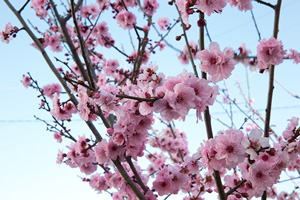
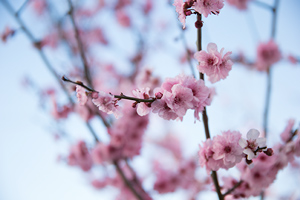
Stopping down
Small f stops (lower numbers such as f2 or less) effectively means the bit that is in focus is small and the rest of the image is blurry. Great for arty shots.
It also means more light gets to the sensor, which is useful in dull situations. If you want to shoot in low-light environments without a flash, then you’ll need a lens with a small f stop.
However, because of the way optics work, cameras with very small sensors can’t get the same narrow focus as those with larger sensors. If you’re looking for this effect you may have to do some research to see what limitations your camera will introduce. Also, smaller f stops require more glass elements, which will increase the weight of the lens.
In close
Close focus, or macro, is basically a combination of the magnification of the lens and how close you can get to a subject and still focus on it. The closer you are at higher magnification the bigger the subject will appear in the image. Macro usually means the image on the sensor is the same size as the thing you’re photographing. So when you look at it on your screen it’ll look enormous.
Special macro lenses not only get in really close, but also have some characteristics that help make for sharp, clear images. They can cost a lot, but many cheaper lenses get in quite close and do a pretty good job, so you should only consider special lenses if you’ve a real need.
Bokeh what?
It’s just a blur. Bokeh is a term you’ll hear from salespeople and some photography enthusiasts to describe the shape of blobs in the out-of-focus area of a photograph. Good or bad bokeh is a matter of taste.
The shape of the out-of-focus blobs is largely determined by the shape and number of blades in the aperture. More blades tend to make for smoother blobs.
Build quality
Entry level lenses cost less because they use cheaper components, such as plastic barrels instead of metal. These are generally suitable for enthusiasts, but serious enthusiasts and semi-professional shooters may want to consider higher-end lenses with weather sealing, metal casing and top-quality glass. They’re designed to work in more extreme conditions as well, like wild weather and very low-light, but will command a much higher asking price.
Glass coating
Lenses are coated with a thin layer of material that protects the glass, and slightly alters image appearance. Different manufacturers use different types of coating, so a photo snapped with a 50mm Canon lens, may look slightly different to the Sigma equivalent. However, most general consumers are unlikely to notice. Filters that screw onto the front of your lens have the same effect. There’s a large variety available that can alter the image in different ways, such as increasing contrast, removing reflections and enhancing vibrancy.
Threads
Lenses with big front ends may be good for letting in lots of light, but the bigger the front diameter the more things like filters will cost. Not a big deal, but worth keeping in mind.
Hands on
Although it sounds obvious, the controls on a lens such as manual focus, aperture control, image stabilisation, zoom or focus locks should all be easy to find and control by touch. Use a lens before you buy it to make sure it feels right in your normal grip.
How much do digital SLR lenses cost?
They range in price from $100 to “it’s time to mortgage your house”.

